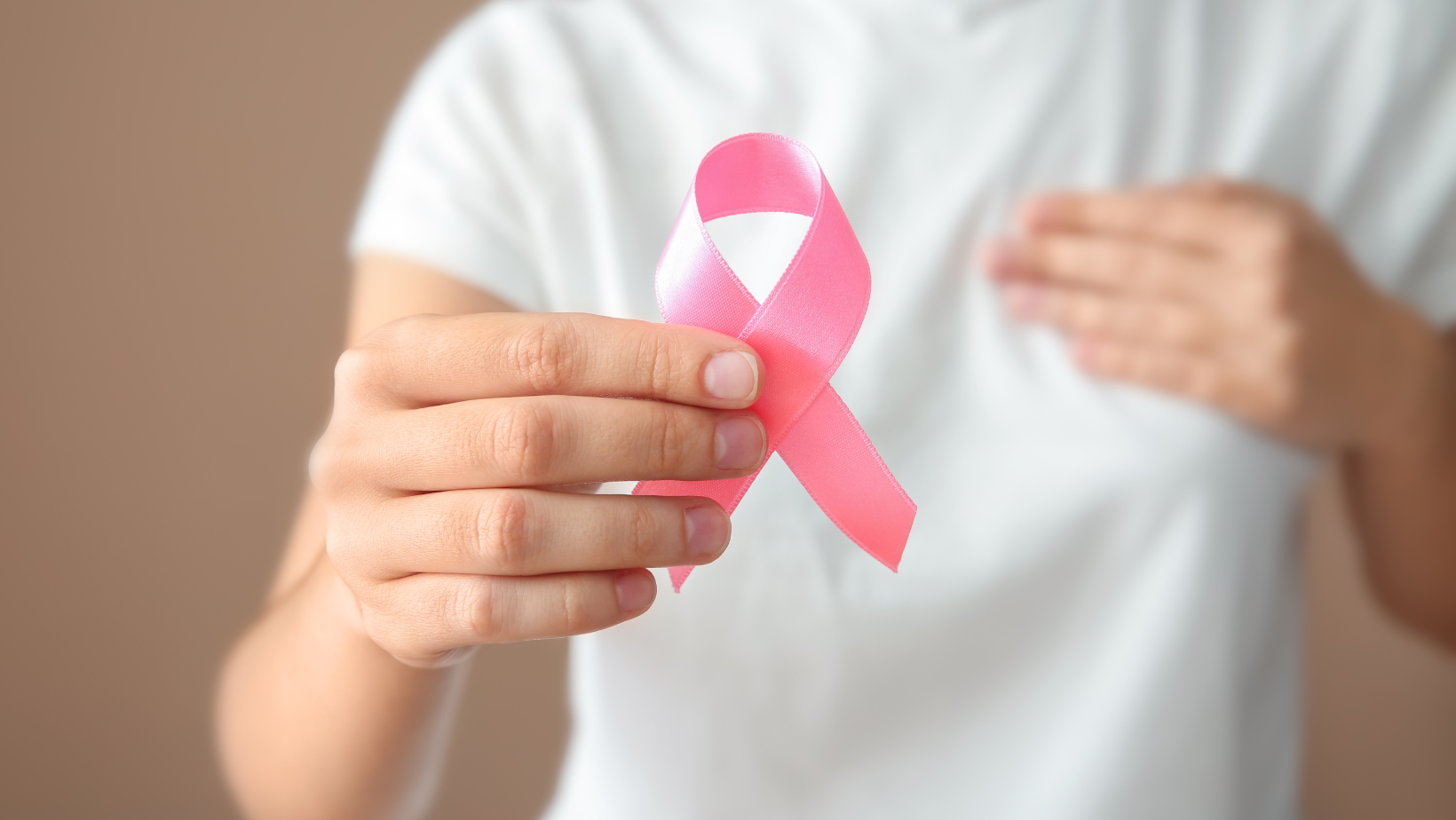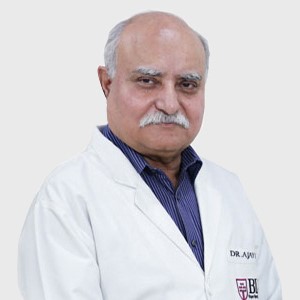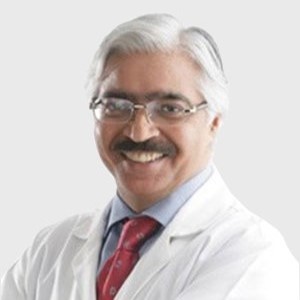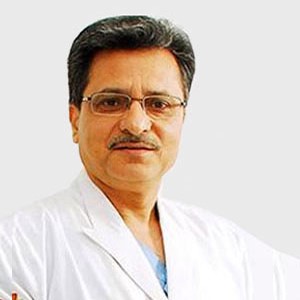How many days stay in the hospital for Breast Cancer?
- If you undergo a mastectomy, an average of 3 days stay may be enough. If you choose to have reconstructive surgery at the same time you may have to be in the hospital for a little longer.
What is the treatment cost of Breast cancer in India?
- An average cost of treatment will be 3 to 4 lakhs which includes investigations, surgery and radiotherapy. However, with targeted therapy and six cycles of Chemotherapy the cost can go up to 6-7 lakhs.
Best Doctors for the treatment of Breast cancer in India.
- Dr. Jai Dev Wig (Fortis Hospitals)
- Dr. Akshay Shah (Global Hospitals)
- Dr. Abhaya Kumar SM (Manipal Hospitals)
What are the best Hospitals for Breast cancer in India?
- Global Hospitals, Chennai
- BLK Hospitals, Delhi
- Fortis Hospitals
- Apollo Hospitals
- Manipal Hospitals
- Max Hospitals
What are the stages of breast cancer/TNM Classification?
- Primary Tumor (T):
- TX: Primary tumor cannot be assessed
- TO: No evidence of primary tumor
- Tis: Carcinoma in situ (DCIS, LCIS, or Paget's disease of the nipple with no tumor mass)
- T1: Tumor is <2 cm
- T2: Tumor is >2 cm but <3 cm
- T3: Tumor is >5 cm
- T4: Tumor of any size growing into the chest wall or skin
- Lymph Node Status (N):
- NX: Nearby lymph nodes cannot be assessed
- NO: Cancer has not spread to nearby lymph nodes
- N1: Cancer has spread to 1 to 3 axillary lymph nodes, and/or tiny amounts of cancer are found in internal mammary lymph nodes on sentinel lymph node biopsy
- N2: Cancer has spread to 4 to 9 axillary lymph nodes under the arm, or cancer has enlarged the internal mammary lymph nodes
- N3: One of the following applies:
- Cancer has spread to 10 or more axillary lymph nodes
- Cancer has spread to the lymph nodes under the clavicle
- Cancer has spread to the lymph nodes above the clavicle Cancer involves axillary lymph nodes and has enlarged the internal mammary lymph nodes
- Cancer involves 4 or more axillary lymph nodes, and tiny amounts of cancer are found in internal mammary lymph nodes on sentinel lymph node biopsy
- Metastases (M):
- MX: Presence of distant metastases cannot be assessed
- MO: No spread to distant organs
- M1: Spread to distant organs is present
What are the breast cancer stages and prognosis?
- Stage 0: If the pre-cancerous or cancer cells are limited to the milk ducts is called as noninvasive or Ductal Carcinoma In Situ.
- Stage 1: This is considered as an early stage invasive Breast cancer, in this the tumor is 2 centimeters or less and lymph nodes may or may not be included.
- Stage 2 & 3: When the tumor is between 2 and 5 centimeters and has spread to the nearby lymph nodes. It is confirmed as stage 2 or 3 of cancer.
- Stage 4: In this stage the cancer spreads to other distant parts of the body and cannot be cured.
- Stage 2 – 93%
What is the prognosis and Survival of Breast Cancer?
- 5-year breast cancer survival rate:
- Stage0 – Close to 100%
- Stage 1 – 98%
- Stage 3 – 72%
- Stage 4 – 22%
What are the self-examination steps for Breast Cancer?
- Step1 – Begin by looking at your breasts in the mirror with your shoulders straight and your hands on your hips. Look for any changes in size, shape and color of your breasts and nipples.
- Step2 – Raise your arms and look for the same changes.
- Step3 – With your arms still over your head, look for any signs of fluid coming out of one or both nipples.
- Step4 – Lay down on your back and look for any lumps using your right hand to feel your left breast. Keep moving your flat fingers over your entire breast making a complete circle towards the nipple. Repeat the same for the other breast.
- Step5 – Do the same as step 4 while taking a shower.
What are the preventive Steps we can take to avoid breast cancer?
- Some risk factors like family history and age cannot be changed. However, there are some lifestyle changes you can make to lower your risks for breast cancer.
- Maintain healthy weight
- Quit smoking and limit alcohol
- Avoid exposure to radiation
- Avoid birth control pills and post-menopausal hormones
 India
India USA
USA UK
UK Thailand
Thailand Singapore
Singapore










